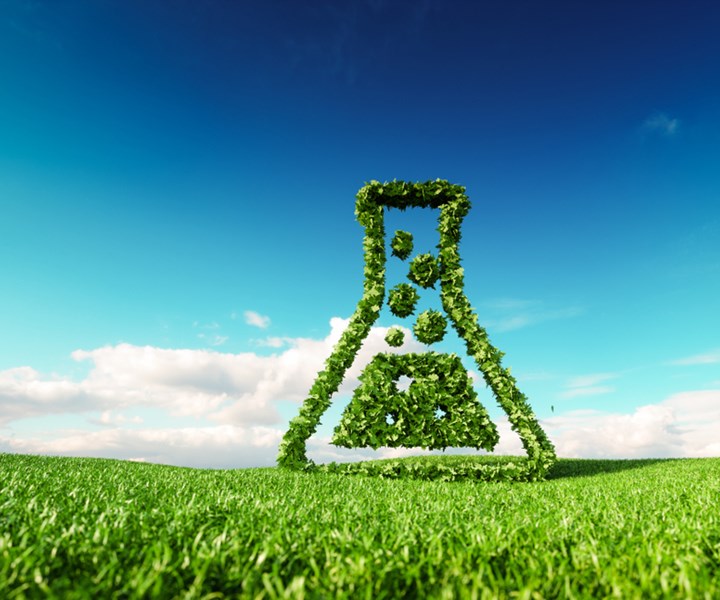Bitrez launches bio-based resin systems
Bitrez Ltd.’s new family of bio-based resins, including bio-epoxy systems and PFA, are designed for composite applications and are REACH compliant.

Source | Bitrez Ltd.
Editor’s note: ÂÌñÏ×ÆÞ received several new product and technology announcements ahead of JEC World 2020, which had been scheduled for March 3-5. Although that exhibition was postponed to May, CW is now publishing the announcements we received. This is one of them.
Polymers and chemicals manufacturer Bitrez Ltd.’s (Standish, U.K.) new family of bio-based resins, including bio-epoxy systems and PFA (Polyfurfuryl Alcohol), are designed for composite applications and are REACH (registration, evaluation, authorization and restriction of chemicals) compliant.
PFA is a thermosetting bio-resin derived from biomass crop waste with similar qualities to a phenolic resin but with lower volatile organic compound (VOC) emissions. In addition to its environmental credentials, Bitrez Ltd. says that PFA has fire-retardant properties equivalent to phenolic resins, plus high temperature and chemical resistance properties.
Bitrez offers epoxy products based on renewable substitute feedstock that, when combined with the company’s green epoxy curing agents, are said to provide formulated systems with high bio-content.
This product family will be launched at JEC World 2020 in March 2020.
Related Content
-
Otto Aviation launches Phantom 3500 business jet with all-composite airframe from Leonardo
Promising 60% less fuel burn and 90% less emissions using SAF, the super-laminar flow design with windowless fuselage will be built using RTM in Florida facility with certification slated for 2030.
-
Sulapac introduces Sulapac Flow 1.7 to replace PLA, ABS and PP in FDM, FGF
Available as filament and granules for extrusion, new wood composite matches properties yet is compostable, eliminates microplastics and reduces carbon footprint.
-
Revisiting the OceanGate Titan disaster
A year has passed since the tragic loss of the Titan submersible that claimed the lives of five people. What lessons have been learned from the disaster?
.jpg;width=70;height=70;mode=crop)


